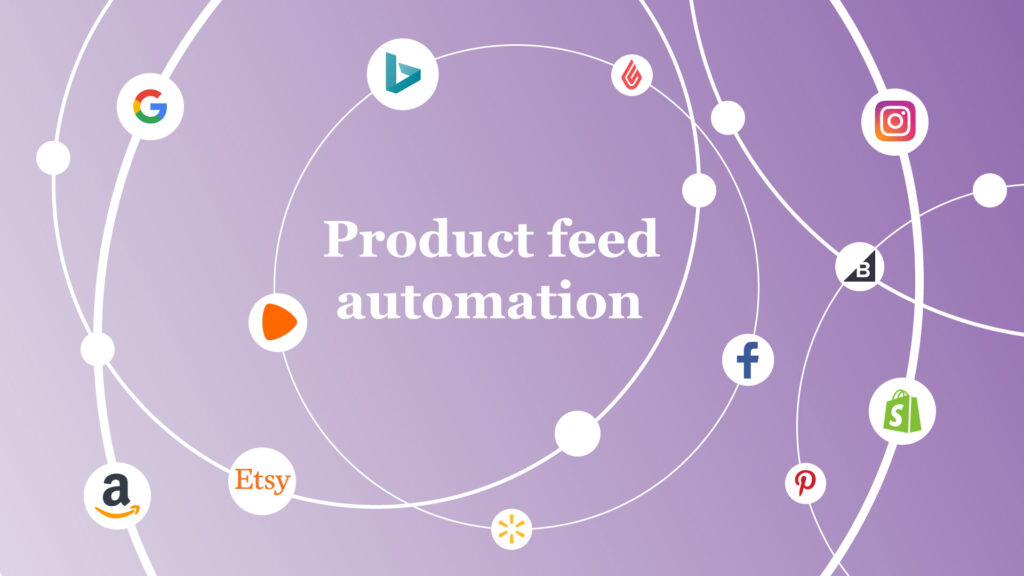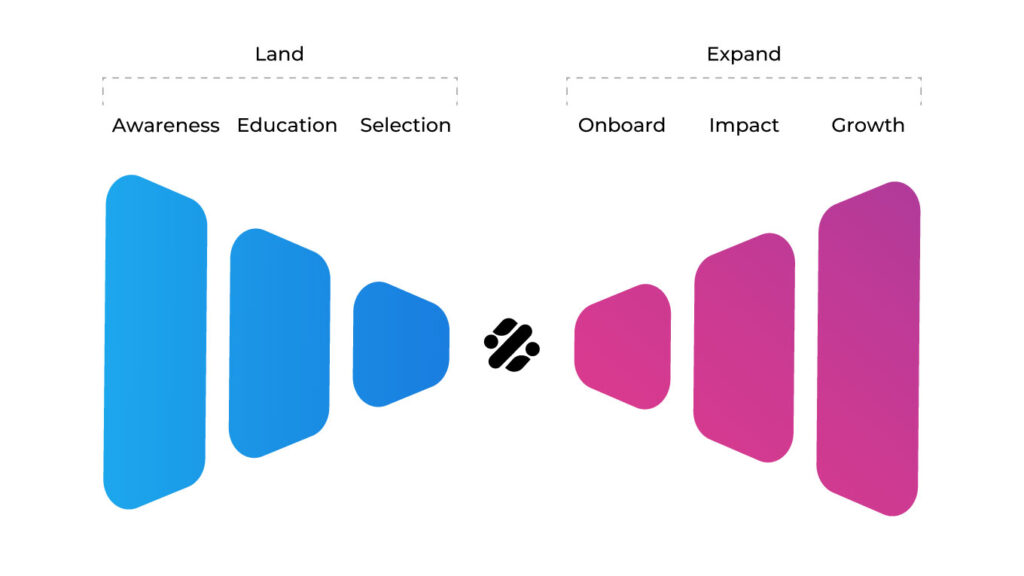Creating product feeds in Google Sheets or just using a simple product feed app is okay. But as your business grows this becomes unsustainable. And this might be a sign that you need a product feed management tool.
At some point, you will find yourself spending too much time managing product data. And this comes with a few drawbacks. If you continue doing that, it will shift your attention away from managing the business. Or you will not be willing to test new channels because of the extra work. Or your employees will be swamped with small and time-consuming tasks, decreasing their productivity.
However, I want to share with you some insights on how other businesses have overcome these obstacles. And how the business owners decided when, why, and what did they need from a product data management tool.
What is a data feed management tool?
If you are selling any products online, you already know that you need to upload your data to various platforms. If you want Shopping ads, you need to upload your data to Google Merchant. For Amazon, to your Seller Central account. For Facebook, to your Facebook Business account.
And there are a lot of options to do this. You can manually upload each product through the platform’s interface (I hope no one is doing this). Or you can bulk upload through a formatted file (CSV, Google Sheets, etc). Or you can use a tool that automatically uploads your inventory data through an API.
In short, a product feed management tool is a service that handles all your product data, creates product feeds, and sends them to the sales channels.
When do you need a product feed management tool?
If you are thinking about starting an ecommerce business or have recently started, you can get away with a simple app or plugin for your shop.
Because you don’t want to spread your advertising budget too thin, you will most likely choose one or two sales channels. In this situation, going for a feed management software would be an overkill.
Yes, you can do more things with it, you can optimize the data better, but it will increase your costs. And the time it will save you will not make a huge difference.
But if your business is kicking off and has a steady cash flow from a few channels, you will need data feed software to scale your business.
But every business is different and I cannot cover all the cases in a blog post. So, here’s a list of questions to help you decide if you need to use a feed management tool:
- If you are using sheets or manually created files, are you overwhelmed with managing all the product data by hand?
- If you use a simple plugin, do you need extra features which are not offered?
- Do you see opportunities or optimizations, but can’t implement them because it would take a lot of time?
- Is your workload increasing steadily over time and becoming unsustainable?
- Can your business afford the cost of a feed management tool?
After you answer these questions, think about the balance between time, money, and the opportunity cost.
Why do you need data feed management?
For small businesses, the question will still be ‘Can I afford it?’ and that is absolutely normal. They have many things to improve, but this is not one of the lowest-hanging fruit. There are greater gains to be made elsewhere and their money can be better used in other areas.
But for established businesses looking to scale, the question may shift a little bit becoming ‘Can I afford not to?’. And if this is your case, this should be the point where you leverage tools to free up your time.
Using a product feed management tool allows you to take your business to the next level. Let’s take a look at an example.
Let’s say you have opened an ecommerce store and you have been only running Google Shopping ads for it. Business is good, you get a fair amount of clients at a good cost per conversion.
But you see that trying to get more out of Google Ads becomes too expensive. You would have to buy more clicks which gets expensive really fast and it eats into your margins.
It is now time to explore other channels. So you have your eyes on Facebook, Etsy, and eBay. If you were using manual files or a simple Google Shopping plugin, you would either need to create other product data files or get more plugins to push your data to the channels.
From this simple example, you can already see the potential issues you might run into. With the files, the workload can easily become overwhelming. With the plugins, you will need to keep an eye on multiple apps, which would still be manageable at this point. But as you expand your multi-channel strategy, you will have issues later on.
These are only a couple of the obvious issues you might encounter. But your business might have different needs. So let’s explore some advantages of using a data feed tool. Maybe you’ll find solutions to problems you didn’t know you had.
How can product feed management software help you grow your business?
When using such a tool you need to know that there is a learning curve. However, it is not that steep. Most solutions have a more or less intuitive interface and shouldn’t take too long to figure it out.
You will just have to import your product data, modify it using the If This Then That (IFTTT) logic, and create product feeds. With this in mind, let’s explore the advantages that a product feed management tool has over simpler, single use apps.
Saves you time
By having everything in one place, you don’t need to use multiple apps to manage your data. All you have to do is create feeds for each channel within one tool.
This will boost your productivity and you can use the freed up time to focus on more important business decisions.
Saves you money
When you choose to use a more comprehensive tool, only pay one subscription instead of many. Depending on your case, and the pricing model of the software you choose, this might end up costing you less than using smaller apps for each of your channels.
Also, by using any type of automated solution to push your products to marketplaces or advertising platforms, you will have a huge benefit. Your data will be updated regularly.
This will prevent you from selling products on third party platforms which are out of stock in your store. In the long run, you don’t have to deal with refunds, back orders, or unhappy customers because of overselling.
Grow your business faster
At some point in your business, you will want to test new marketing strategies or increase sales volume with marketplaces.
The key metric here is speed. The faster you can test and see if a marketplace is right for you, the better your chances of success. This is because not all marketplaces are right for your business. They have different audiences and different commission structures.
That’s why testing is important. If you are using a new app for each platform, it can become unmanageable and lose track of things.
The advantage of a more comprehensive product feed management tool is that it allows you to create multiple feeds and upload them on different platforms. If a marketplace is not right for your business, it’s simple to delete the feed, stop the listings, and test another one.
And with the help of feed rules, you can even select specific products and modify the product data you’re sending. This increases your ability to customize the data to the target audience and increases your chances of success.



